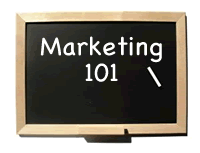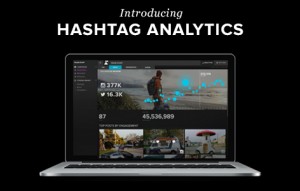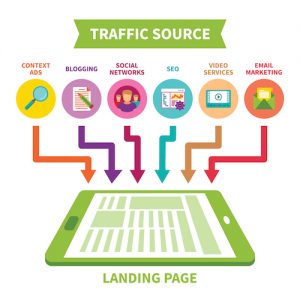— November 2, 2018

The ultimate goal of personalization as it relates to marketing has always been to individualize selling at scale. That is, we should be able to use technology to have one-to-one conversations with the entire possible market for our products.
In email, we have always been able to personalize content to some extent. But it is no longer enough to insert your prospect’s name into a mass message. That used to pass for personalization. Now it looks like a cheap gimmick. Nobody really thinks Barack Obama took the time to write me an email, even though it begins with “Zach,”.
(Also, just because it carries his signature and includes his name in the “From” field, doesn’t mean that Barack Obama had anything to do with that email. But that’s for a different post.)
The new rules of email personalization are more complex. In part, this is because the technology has advanced to the point that advanced personalization is now possible. And in part, this is also because smart marketers have led the way and shown what personalization at scale can look like.
In marketers’ never-ending quest to improve conversion rates, it behooves us to better understand the expectations, the possibilities, and the potential impact of this new and improved approach to personalization.
Personalized Content
Personalizing content means writing for individuals rather than trying to craft a one-size-fits-all message that you send to your entire email list. It means tailoring a specific message that you expect to resonate with each subscriber or customer, based on what you already know about them.
Let’s look at an example. Say you have a customer on your mailing list, Susan, who regularly shops with your ecommerce store. Based on the data you have collected, you know that Susan is a working mother of young children who does most of her shopping at the office. And in the past, she has responded to messaging around products and services designed to help simplify customers’ lives.
You might tailor messaging to Susan that you know will resonate with her as a busy professional with demands on her time in and out of the home. This type of messaging might not be right for the rest of your mailing list, but for Susan it is more likely to lead to a sale.
Whether you use different headlines, subject lines, imagery, or full body content, almost every email marketing platform today allows you to build customized content; essentially create different versions of your email based on any number of attributes in your customer database.
Personalized Offers
We are past the days of sending the same mass discount email to everyone on your customer list. We know, because the data tells us, that different offers work to generate sales from different types of customers.
That’s where personalized offers come into play. The aforementioned Susan isn’t a discount shopper. She is willing to pay up for products that truly impact her life. But maybe another customer on your mailing list, Marc, is more of a value hunter. He is looking for bargains, and is willing to wait to get a good deal.
If your goal is to generate the as many sales as you can (and it should be) than there is no reason to send the same offers to both Susan and Marc. Instead, you can customize which products and services they receive emails about, and which promotions are made available to them.
Personalized Timing
One of the biggest questions I used to get asked is, “when is the best time to send my emails?” In fact, it still is one of the more common inquiries I get.
But the answer has changed over time. And now, the answer is simple. Send the email to each person when they are most likely to open it and take action.
This is data you have if you’ve emailed these people before. A tool called Send Time Optimization comes standard with many email marketing platforms. It will send your email to each subscriber at a different time, based on when they have opened and clicked on your emails (and others) in the past.
Even without this feature, you can segment your list in any number of ways for better timing – based on time of day or day of week demonstrated in past purchase behavior, by geographic location and time zone, etc.
You no longer have to guess when your subscribers are most likely to respond to an email. You know.
Digital & Social Articles on Business 2 Community
(63)
Report Post







